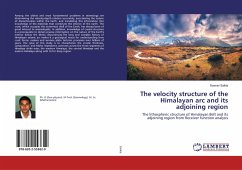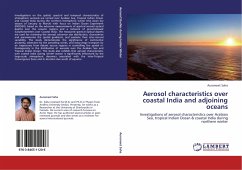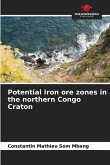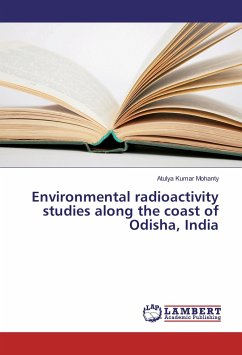The composition and physical properties of the upper and middle crust are better understood, but the nature of lower crust and its seismic signature are more difficult to determine and has been the subject of numerous studies. Although the average velocity of crust increases with the depth, the increase is primarily confined to the lower crust. The average velocity of the upper crust does not vary with the crustal thickness. It is, therefore, a reasonable proposition that the lower crust participates in the processes responsible for the making of the continental crust. Quantitative characterization of lower crust could, therefore, provide a constraint to understand the mechanism for Earth's continental crust evolution. Beneath the Dharwar craton, we investigate the lateral variability in the thickness and composition of the Earth's lower crust and its role in the formation and evolution of the diverse continental crust through the ages.
Bitte wählen Sie Ihr Anliegen aus.
Rechnungen
Retourenschein anfordern
Bestellstatus
Storno








